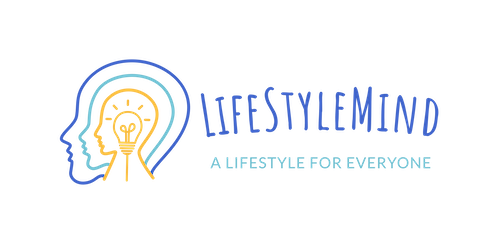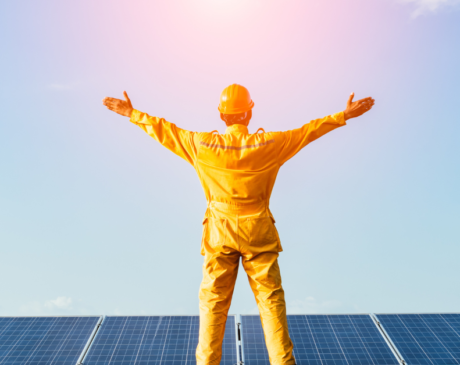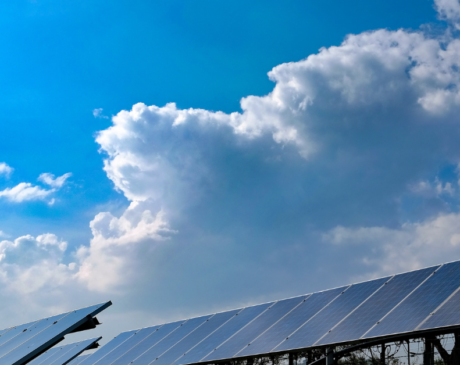4 Solar energy pros and cons you must know
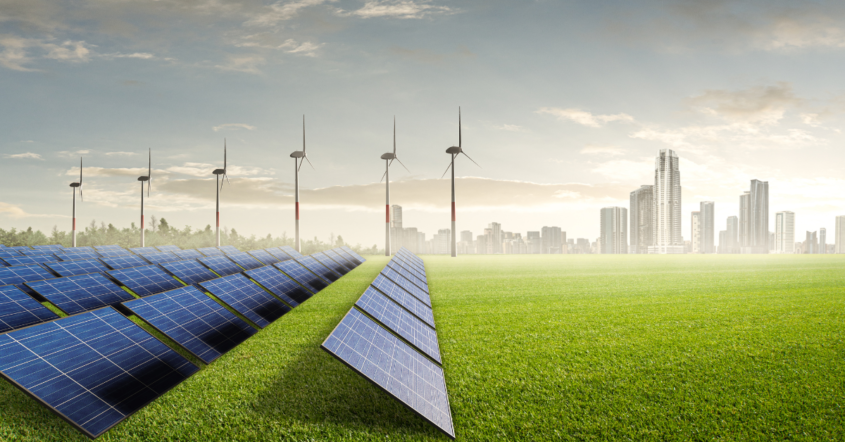
Today we write about solar energy pros and cons, we will list 4 of them and give you a glance to understand if it worths or not to use solar energy.
Solar energy is a renewable source of energy; solar renewable energy is generated by harnessing the rays of the sun, an inexhaustible source of heat. It’s important to understand how solar energy works, namely how sunlight is transformed into electrical energy and how solar panels and thermal devices function.
In this article, we explore what solar energy is and the advantages and disadvantages of this sustainable and green energy.
What is the definition of solar energy?
Solar energy, as the name suggests, derives from the sun and it’s transmitted to earth in the form of electromagnetic radiation (light and heat). By directly harnessing solar energy, renewable energy can be used to generate electrical current and heat.
Solar energy, an obviously limitless renewable energy source, is converted into electrical energy through solar or photovoltaic panels and thermal devices.
The amount of solar energy that reaches the earth’s surface is enormous, approximately ten thousand times greater than all the energy used by humanity. Solar energy produced by the sun can be used to generate electricity (photovoltaic solar energy) or to produce heat (solar thermal).
The use of this type of energy source is essential for achieving an ecological transition. Indeed, in order to reduce the consumption of fossil fuels such as coal and petroleum derivatives, it is necessary to harness the potential of all clean energies. Additionally, this has positive effects on human health.
How solar energy works?
Solar energy works through a process called photovoltaic conversion, which involves the following steps:
- Sunlight absorption: solar panels, also known as photovoltaic panels, are typically made of semiconductor materials such as silicon. When sunlight, which is composed of tiny packets of energy called photons, strikes the solar panels, these photons are absorbed by the semiconductor material.
- Electron excitation: when the photons are absorbed, they transfer their energy to electrons in the semiconductor material, causing these electrons to become excited. This energy boost allows the electrons to break free from their usual positions in the semiconductor’s atomic structure.
- Electric current generation: the excited and mobile electrons create an electric current as they flow through the semiconductor material. This flow of electrons constitutes direct current (DC) electricity.
- Inverter conversion: most electrical devices in our homes and businesses use alternating current (AC) electricity, which periodically changes the direction of electron flow. To make the generated electricity usable, an inverter is used to convert the DC electricity produced by solar panels into AC electricity.
- Utilization: the AC electricity generated by the inverter can now be used to power electrical appliances, lighting, and other devices in homes, businesses or the electrical grid. Excess electricity can be fed back into the grid for others to use, often earning the owner of the solar panels credits or compensation from utility companies.
- Storage: in some cases, excess electricity generated during sunny periods can be stored in batteries for later use when sunlight is not available, such as during the night or on cloudy days. Battery storage systems allow for greater energy independence and reliability.
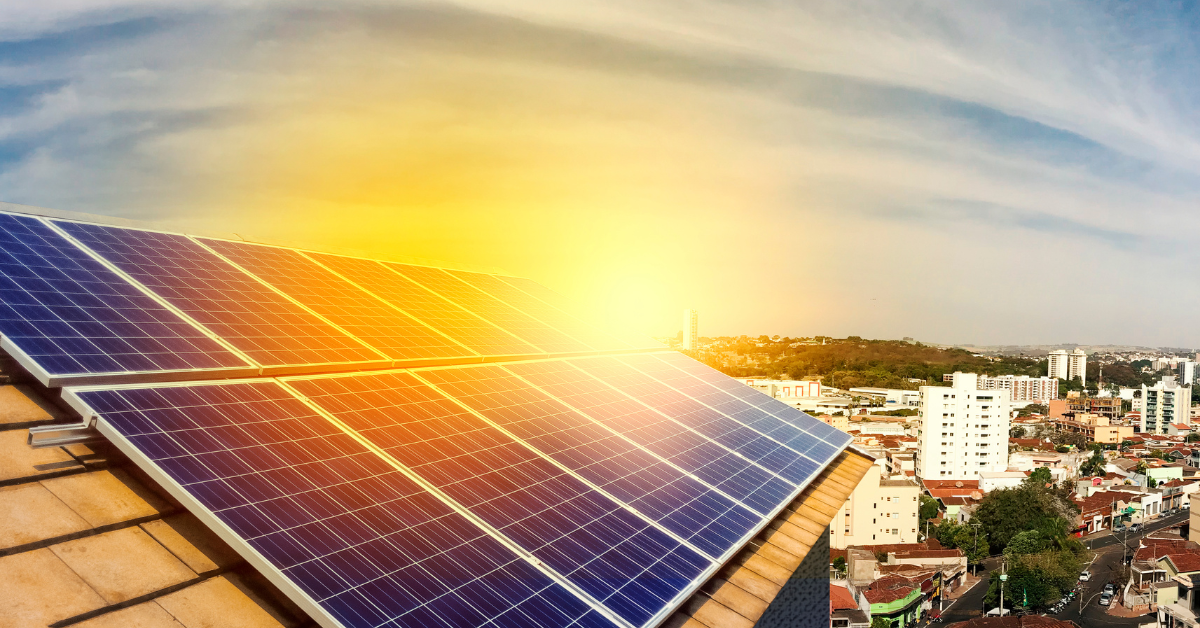
What are solar panels for electricity?
Solar panels, also known as photovoltaic (PV) panels, are devices designed to capture sunlight and convert it into electricity. They are a key component of solar energy systems and play a crucial role in harnessing solar power for various applications. Photovoltaic systems consist of solar panels that capture sunlight and transform it into electrical energy.
Photovoltaic systems can be standalone, such as those used in mountain cabins, water pumping systems, road signaling systems, etc., or they can be connected to the grid. To connect them to the grid, the direct current produced by the modules needs to be converted into alternating current, similar to what is used in our homes. This conversion is achieved through an inverter.
The system also includes equipment (usually within the inverter) that checks for malfunctions and enables the connection of the system to the local electrical grid. If the system is connected to the local electrical grid, surplus energy not used by the building with solar panels will be fed into the grid and used by other users, returning revenue to the producers.
After this introduction for those who don’t know yet the solar energy basics let’s talk about solar energy pros and cons in the paragraphs below.
Here are solar energy pros and cons for you
Advantages of renewable solar energy
What are the advantages and disadvantages of photovoltaic systems? There are pros and cons to solar panels. The use of solar installations is a green alternative to other forms of energy. It allows for the production of energy with low environmental impact, without the use of fossil fuels that emit harmful substances into the atmosphere, causing pollution, the greenhouse effect and climate change.
- Solar renewable energies are an infinite resource. At least until the sun extinguishes, we can use the energy that reaches our planet as we see fit.
- The cost of photovoltaic systems is low compared to other energy supply systems. While the initial cost may be high, the return on investment is guaranteed within 5 to 10 years. After this 5/10 years significant savings on energy bills can be enjoyed.
- In addition to photovoltaic solar installations, which convert light into electrical energy, there are solar thermal installations that use sunlight to heat a fluid that can be used to heat homes and buildings. Solar thermodynamic systems combine these two modes. Thus, there is a variety of ways to harness solar energy.
- Solar installations are easily dismantled and the reuse of photovoltaic panel components is guaranteed up to 95%, with minimal environmental impact.
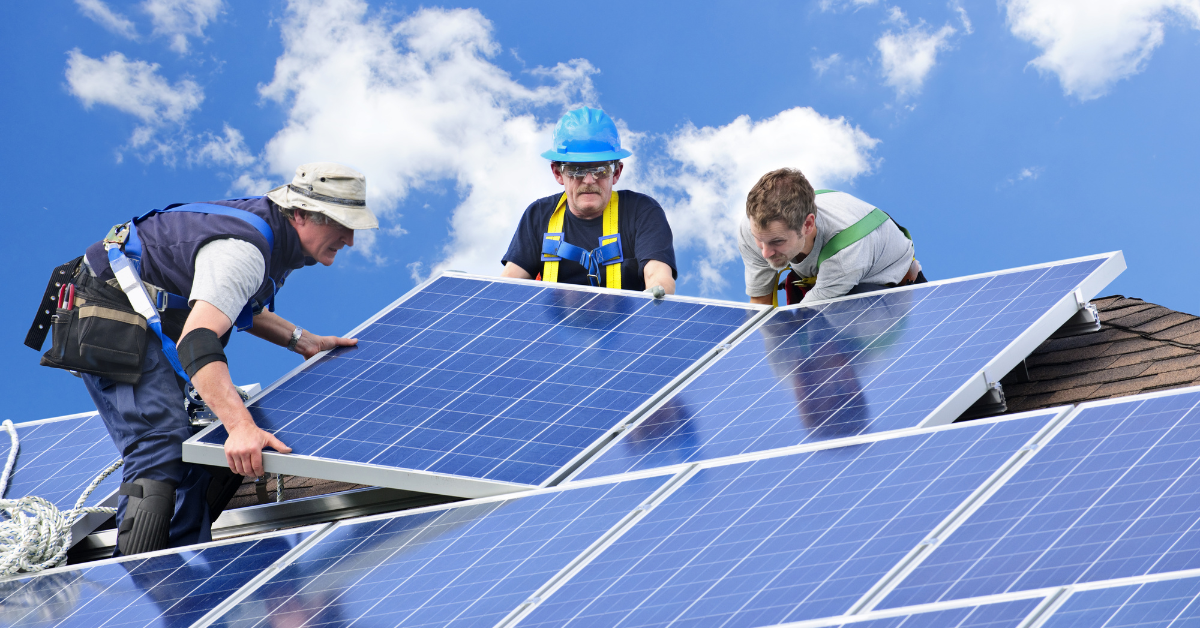
Disadvantages of solar energy
There are also disadvantages to solar energy.
- Unfortunately, at present, the efficiency of photovoltaic and thermal systems is low. Only about one-third of the energy that could theoretically be produced is actually generated. First-generation cells, which are the most common, have efficiencies around 33%, while, for example, a wind turbine can have an efficiency between 40% and 50%.
- The installation area needs to be quite extensive due to the low concentration of sunlight. Besides causing a certain visual impact, these installations could take up land that could be used for other purposes, such as agriculture. Recently, there has been a trend towards constructing solar installations in peripheral areas and on land unsuitable for other uses, such as those in desert regions with high solar radiation density.
- There is intermittency in the resource and a lack of large-scale storage capacity. Currently, the biggest challenge related to solar energy use is its intermittency. The sun is not always shining and the sky can be cloudy, while night alternates with day. Energy storage batteries for solar power are currently unable to provide sufficient coverage to solve this problem.
Solar energy offers numerous advantages, including its renewable nature, environmental friendliness and low operating costs. However, it also presents challenges such as intermittency, high initial costs and space requirements.
Despite these drawbacks, solar power continues to gain popularity as advancements in technology and decreases in costs make it an increasingly viable and attractive energy option. As we strive for a more sustainable and environmentally conscious future, the pros of solar energy often outweigh the cons, making it an essential part of our energy transition.
